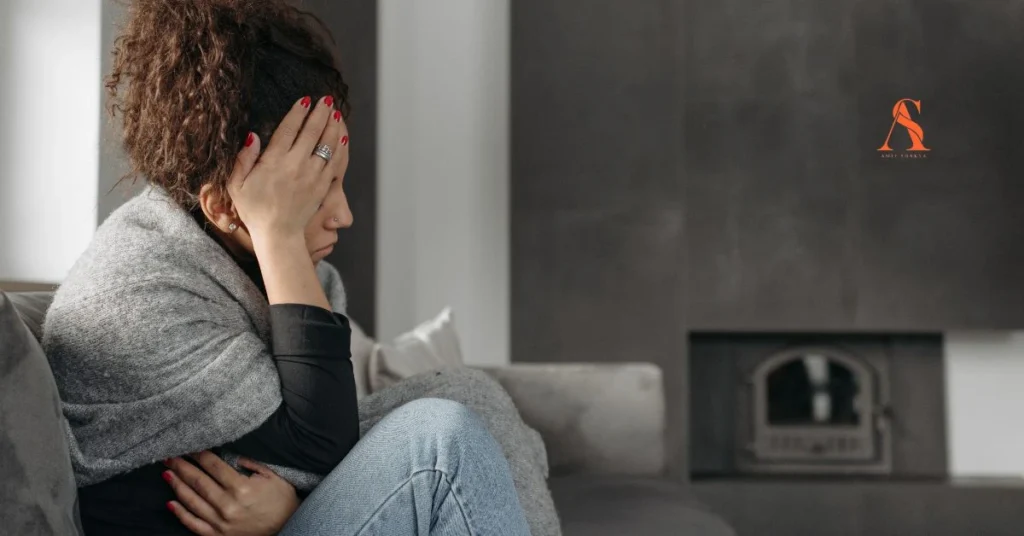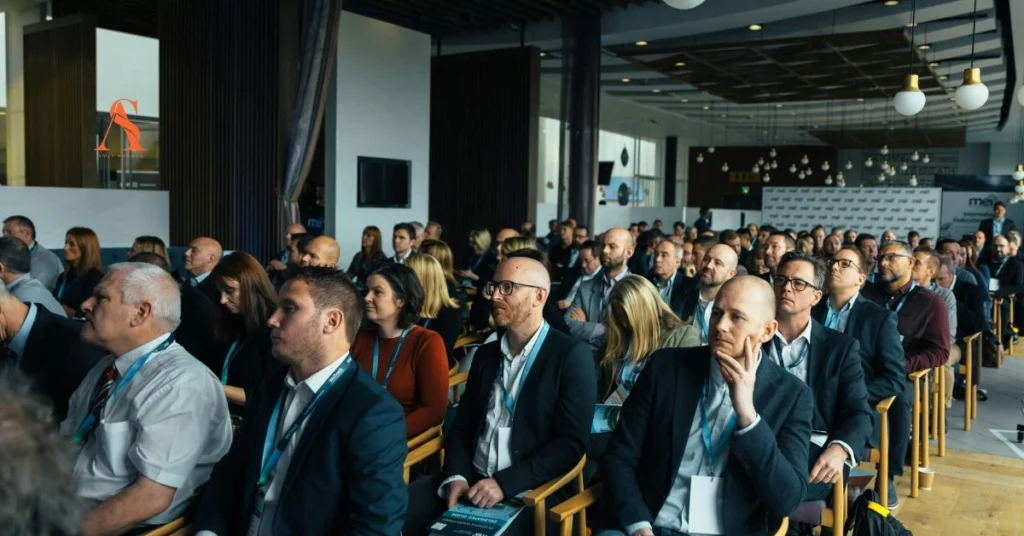
A Basic Method to Cure Fatigue Among Ads Which Anyone Can Understand
What is Ad Fatigue?
Your audience will lose interest in repeated exposure to the same advertisement, which results in a condition known as ad fatigue. Your ad exposure frequency leads to reduced CTR together with diminished conversions, while advertising expenses become wasted. Poor performance of your ads may indicate advertising fatigue as a cause.
Signs of Ad Fatigue
The signs that your audience suffers from ad fatigue can be identified through several indicators. Here are some common signs:
- Declining click-through rates (CTR)
- Reduced engagement on social media ads
- Higher cost per click (CPC)
- Fewer conversions despite a stable audience size
- Negative feedback on ads
How to Fix Ad Fatigue
There is no cause for concern if you face ad fatigue issues. The following steps constitute easy methods to address the issue:
1. Refresh Your Ad Creatives
A simple solution to battle ad fatigue exists through altering your ad design. New image and video content with fresh colors will revamp your advertising material for more visual appeal.
2. Change Your Ad Copy
Your exceptional visual content will fail to stand out if your ad textual components continue repeating the same information. Your audience engagement will increase if you try multiple variations of headline descriptions and calls to action (CTAs).
3. Adjust Your Target Audience

The continuous display of the same advertisement to the same audience causes ad fatigue. To find new potential customers, you should expand your audience scope or make it rotate throughout different groups.
4. Use Frequency Capping
Ad campaigns should have a frequency capping system to determine the maximum number of times users receive your ads. Your ads will remain effective due to the limitation of continuous repetitions.
5. Test Different Ad Formats
Static images may not work well for ads, so video ads, carousel ads, or interactive ads should be your next choice. Various types of advertisements enable users to stay interested by reducing their exposure to repetitive ads.
6. Rotate Your Ads Regularly
When an advertisement runs for an extensive period, viewers become fatigued with it. You should develop multiple ad versions, which you need to change often to keep viewers engaged.
7. Improve Audience Targeting
Make each ad campaign specifically targeted for different audiences instead of creating generic ad releases. Becoming more engaging and lowering viewer fatigue are the effects of targeting audiences specifically.
8. Monitor Ad Performance Metrics

To track CTR, CPC, and engagement, you should utilize Google Ads and Facebook Ads Manager analytics tools. Observe any evidence of ad fatigue to implement quick changes.
9. Introduce Seasonal or Time-Sensitive Offers
Ads will gain freshness by incorporating seasonal marketing offers, which also combat viewer exhaustion.
10. Encourage User Engagement
The strategy involves developing ads that incorporate interactive features such as question prompts and surveys, as well as comment prompts. Your audience will experience better advertisement reception through engagement since it adds dynamic features to your content.
The main solutions for ad fatigue consist of the following points:
Refresh Your Creatives
- Multiple intervals should separate changes to images along with videos and advertisement copy.
- Heritage State Park employs varied font styles and different visual design layouts to stop ad viewing from becoming dull.
Rotate Multiple Ad Variations
- The testing of various headlines and CTAs alongside visuals should be performed through A/B testing methods.
- Carousels combined with videos along with interactive ads should be tested.
Adjust Targeting & Audience Segments
- To attract fresh users, expand your screening parameters or narrow down the audience demographics.
- You should leave out former convert customers from your target audience to stop reaching them too often.
Optimize Ad Frequency
- The same advertisement should display a lower frequency to users.
- Frequency caps need to be set, which will halt the excessive display of advertisements.
Introduce New Offers & Messaging
- Launch new discount offers coupled with time-limited promotions along with novel product enhancements.
- Present information through real customer feedback and material produced by users.
You should run your advertisements across various advertising locations and platforms.
- Run ads across multiple channels (Facebook, Instagram, Google, etc.).
- Perform tests with different formats, such as stories and reels beside native ads.
Leverage Dynamic Ads & Personalization
- The ads will automatically select products based on how users engage with content.
- Personalize content with audience-specific messaging.
The strategy should focus on specific phases of the customer journey, from awareness to conversion.
- Approach message sequences differently during the three phases of awareness, consideration, and conversion.
- Retarget strategically without overwhelming users.
The optimal times for posting advertisements should be scheduled in advance
- The continuous execution of identical ads must be avoided because you should use user activity zones for scheduling ads.
- Evaluate the performance of ads across different days as well as times to determine when users tend to show the most engagement.
Monitor & Analyze Performance Regularly

- Track CTR, engagement, and conversions.
- Underperforming advertisements should be paused while advertisers should maximize the reach of their high-performing advertisements.
Conclusion
Interesting campaigns can emerge from taking proper steps to combat the universal problem of ad fatigue. Your ad performance will grow directly proportional to your efforts in creative updates and your choice of targeting and new format examinations to prevent ad fatigue occurrence. Your active monitoring of metrics should drive you to be proactive about refreshing your ads.
The method outlined here enables you to solve ad fatigue problems while your advertising performance remains productive.
Read more articles